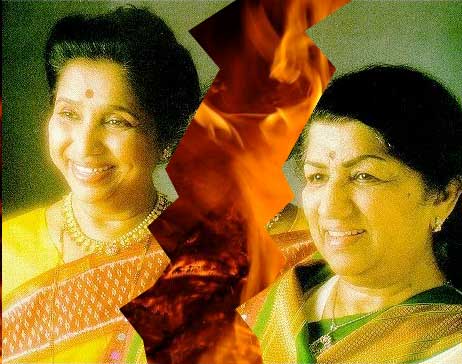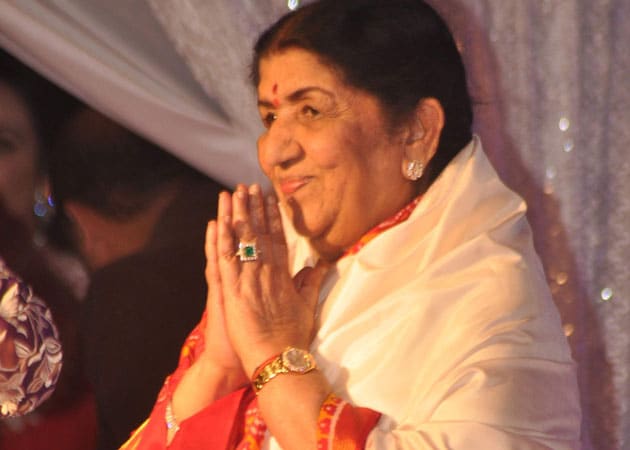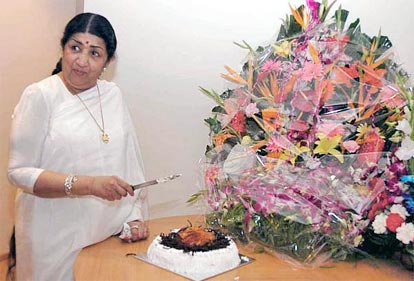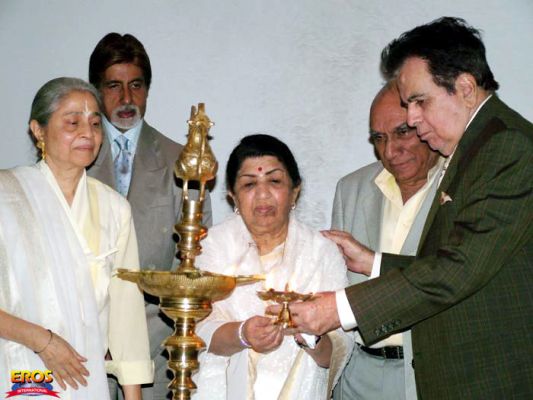A TRIP DOWN MEMORY LANE WITH:
LATA MANGESHKAR: PAGE 2

However Lata's reign was not always a smooth one. There was the well known professional rivalry with her sister Asha Bhosle. For some years she would not sing with Mohd. Rafi due to a long standing dispute over royalties. For some years she would not work with the music director S.D. Burman. During the peak of her career, she had a tremendous political clout within the film industry and is known to have exercised this freely; this created ill will in many quarters.



